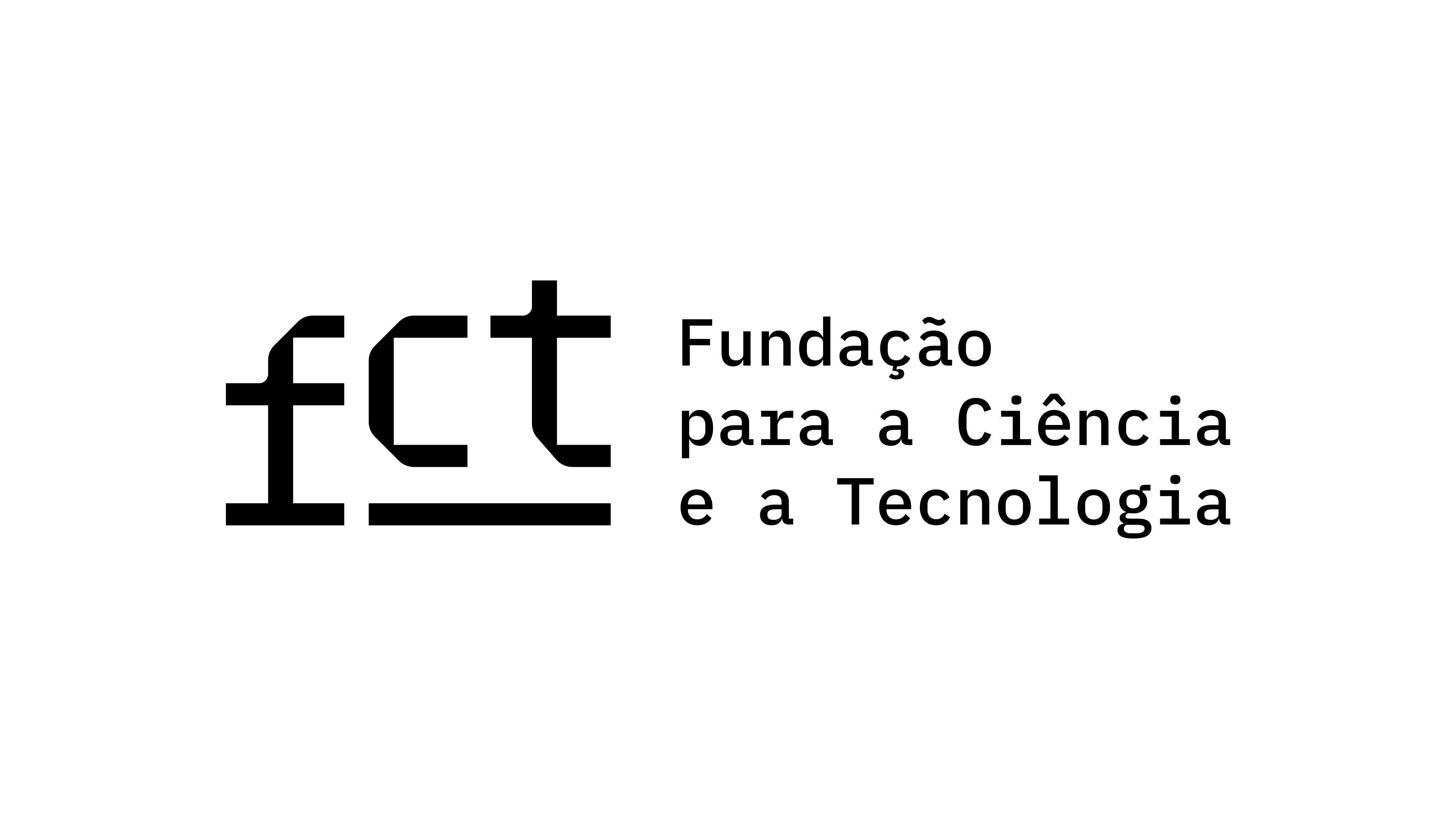Embodying Movies: Embodied Simulation and Film Studies
Keywords:
Alfred Hitchcock, Embodied simulation, Film style, Michelangelo Antonioni, Mirror neuronsAbstract
Recent discoveries in neuroscience, among which that of mirror neurons (MNs), have strongly influenced the debate on spatial cognition, action, emotion and empathy, all aspects that in recent years have been deeply reconsidered within film studies. This article focuses on the role embodied simulation (ES) theory — triggered by the discovery of MNs — plays in film experience. ES has been proposed to constitute a basic functional mechanism of humans’ brain. Because of a shared bodily representational format, we map the actions of others onto our own motor representations, as well as others’ emotions and sensations onto our own viscero-motor and sensory-motor representations. We wonder how relevant this mechanism is in our film experience reconsidering both classical and recent theories that to some extent have foreshadowed ES, and testing our hypotheses through the stylistic analysis of two sequences from Hitchcock’s Notorious (1946) and Antonioni’s Il grido (1957).





